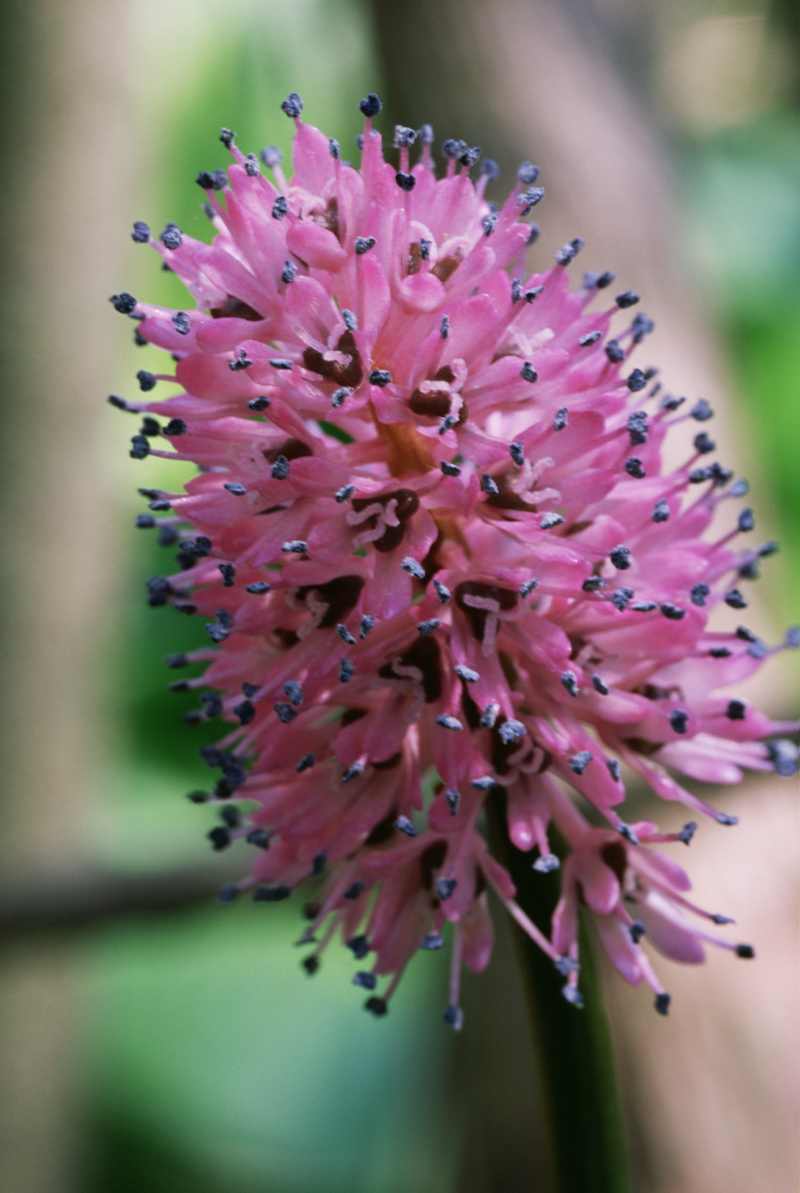Threatened & Endangered Species

While many folks may welcome the presence of T & E species and look at it as an opportunity to conserve biodiversity, other landowners may shudder to think of having such a species on their land and may fear restrictions on their management opportunities; and of course, most of us fall somewhere along that spectrum. Regardless of how you feel though, you are required, by the federal Endangered Species Act (ESA) and Virginia’s endangered species regulations, to minimize negative effects on T & E species*.
The good news is that only a small percentage of all land management activities in Virginia are ever affected. And, federal and state agency personnel are very willing to work with landowners to help you meet your management goals, even if T & E species are present. The key is to assess what, if any, species are present on your property before starting any habitat-altering project, like a timber harvest.
So how do you go about this? What agency or agencies do you need to work with to make these assessments? In general, it is best to begin your determination of whether T & E issues apply to your proposed activity by working with the appropriate state agencies in Virginia. Both the Virginia Department of Wildlife Resoures and the Virginia Department of Conservation and Recreation/Natural Heritage Program maintain accessible databases where landowners can make preliminary determinations about the presence or likely occurrence of protected species in the vicinity of their proposed activities. Although the exact locations of known T & E populations will not be revealed, these databases provide enough information to suggest where further investigation is necessary.
The determination process varies somewhat among wildlife and plants and insects, and is more detailed than can be covered in this primer. So, for more information on this topic, please read the full-length Extension publication titled: Guide to Threatened & Endangered Species on Private Lands in Virginia (please contact Jennifer Gagnon if you prefer a printed copy). This publication has flow charts which detail the determination processes, and includes contact information for pertinent state and federal agencies.
If protected species are not present, management activities can proceed as planned, keeping in mind that there may be other requirements that must be met (such as Best Management Practices). If protected species or suitable habitat for protected species are present, what happens next depends on whether the species is only listed in Virginia or is also listed at the federal level. The flow charts in the above-mentioned publication will guide you through the process. In all cases though, state agency personnel can assist you.
Having property that provides a home for T & E species is something to be proud of. Typically, protecting these species won’t prevent you from actively managing your forestland. The key is to determine what you have before you start a project. If you are working with a professional forester, they will more than likely tend to this matter for you.
* For private landowners, there is one important difference to note between T & E wildlife and insects and T & E plants: you are exempt from T & E plant restrictions for activities on your own property (note: this exemption does not apply if federal funds are supporting the project – e.g., if the project is being cost shared by a Natural Resources Conservation Service program).
Resources:
- The federal Endangered Species Act
- Guide to Threatened & Endangered Species on Private Lands in Virginia
- Conservation Lands and Consveration Planning Data, Maps and Information provides geographic information on the location of T & E species
- If you believe you have spotted a rare species, please report it to the Virginia Department of Conservation & Recreation using this form.
- For general information T & E species, visit Virginia's Natural Heritage Program's website
- For questions on T & E animals, contact the Virginia Department of Wildlife Resources, 804/367‐1000
- For questions on T & E plants and insects, contact the Virginia Department of Agriculture and Consumer Services, 804/786‐2373
- Assistance on T & E species can also be obtained through the United States Fish and Wildlife Service, 804/693‐6694



